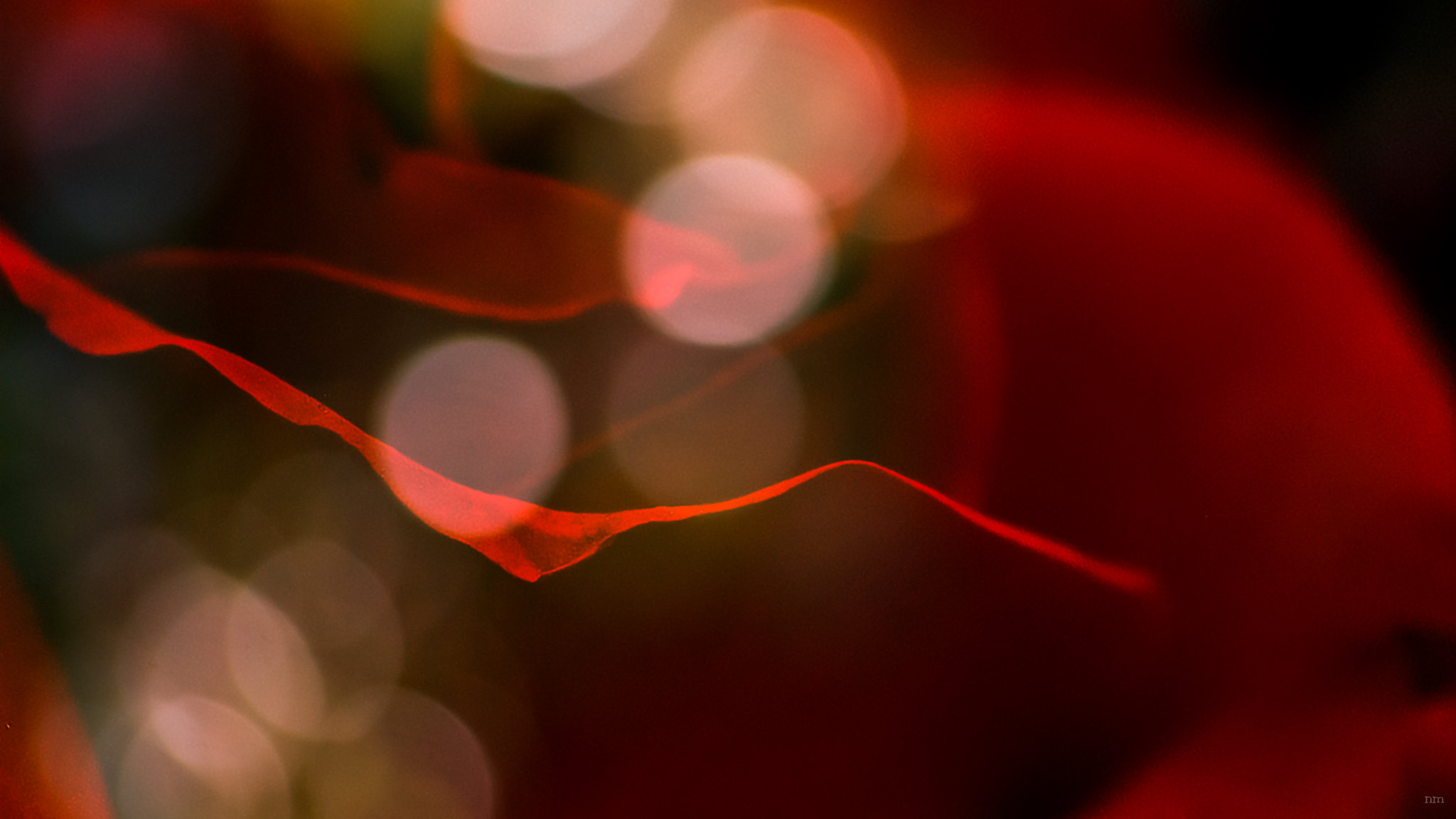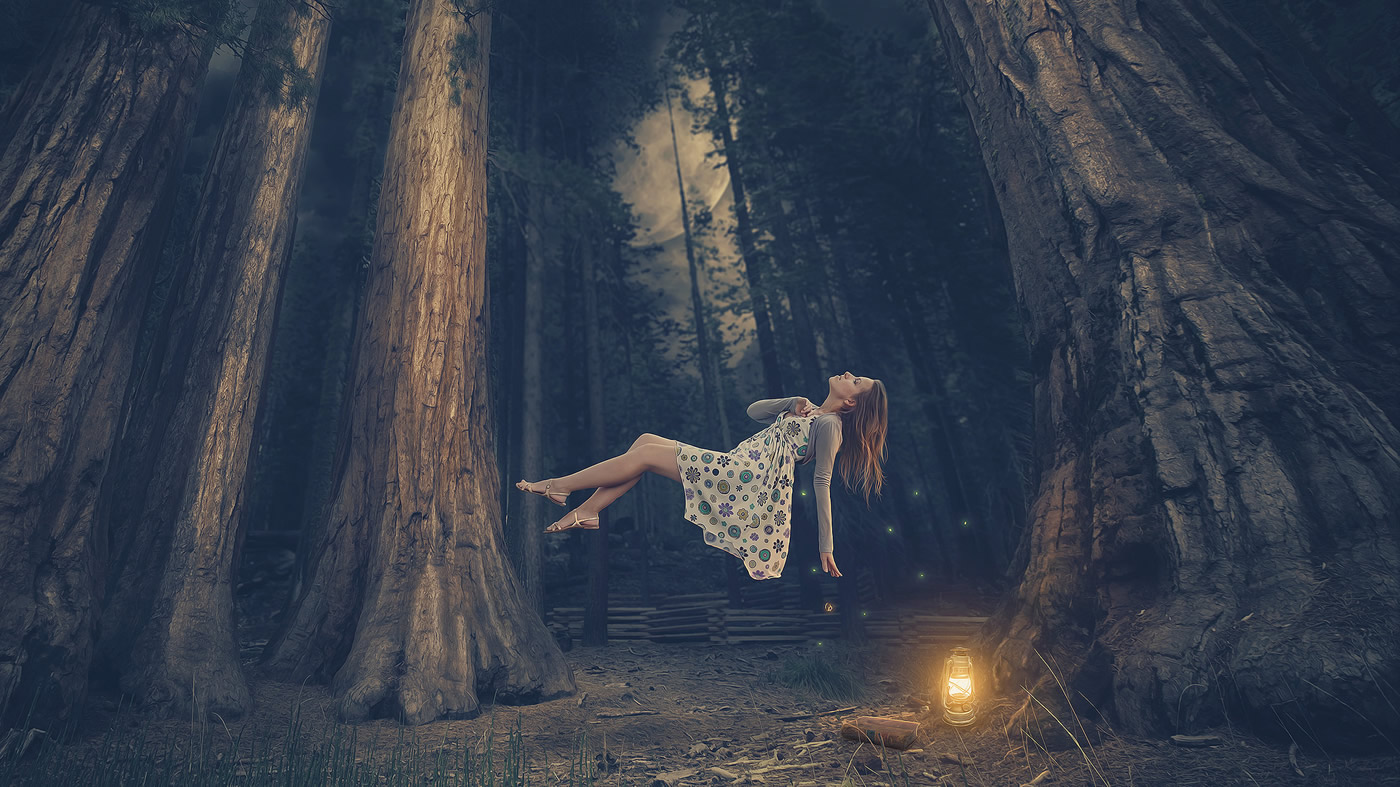Class 19: One Wheel, Three Lives
[su_icon icon=”icon: link” color=”#ff1259″ size=”20″ shape_size=”12″ url=”https://youtu.be/bZs28umMMCI?t=6s” target=”blank”]Video[/su_icon]Hi, welcome back to our at-home retreat. I’d like to thank Stanley Chen for coming to translate. He and Alison have been working very hard, and thank you for that. Session 19, we call it “One Wheel, Three Lives.” And the picture you see here is of three sets of twelve links, like in three wheels. And the image I want you to have in your mind, is the links of the first wheel start to turn, and then before it finishes, it triggers another wheel, and then before that finishes, it triggers another wheel.
So before the first wheel is finished, there’s a second wheel started. And is it possible a third wheel starts? Because if that’s true, the things we do in one day, they might interact for thousands of lives. We could be creating thousands of lives in one day. Then don’t forget what our big job is in the lam rim (LAM RIM), in this middle motivation person—they’re trying to reach Nirvana, just for themselves. They’re trying to stop the Wheel of Life, which also you can call “wheel of pain.” It’s not a wheel of life; it’s a wheel of pain. So it’s okay if you want to think of one wheel with twelve parts, and you have to stop it. You can think like that. But at some point, you’re going to have to realize that in one day you are triggering hundreds of thousands of wheels—lifetimes.
But there are also many wheels going on. Like the wife in the kitchen, last week she yelled at her kids. She started a mini wheel going. She did link one, and two, and half of three—and then that triggered things in the kitchen, three or four days later. The husband yelled at her before she had a chance to talk. Then she says, “He yells at me. I didn’t even say anything yet!” Then she yells back. And it’s amazing that in, I don’t know, a hundred thousand years people didn’t figure it out. They didn’t figure out that the husband is yelling because that you yelled at your kids last week. And they didn’t figure out that if you yell at your husband, then the kids are going to be bad next week. Then you’re going to yell at your kids again.
[su_icon icon=”icon: link” color=”#ff1259″ size=”20″ shape_size=”12″ url=”https://youtu.be/bZs28umMMCI?t=4m45s” target=”blank”]Video[/su_icon]See, you get this feeling that multiple wheels are being set in motion. In the example we just gave, there’s three lifetimes already. Kids bedroom, Friday night. Kitchen the next Wednesday. Kids bedroom next … the week after that. Wheels within wheels. So today’s discussion, session 19, let’s look at three lifetimes in a single set of twelve links. We’re not going to call it one wheel, maybe.
de na le chig gi wang du chepay tendrel cha tsang chig tse chig la dzok mi si (DES NA LAS GCIG GI DBANG DU BYAS PA’I RTEN CHA TSANG GCIG TSE GCIG LA RDZOGS MI SRID). Here’s a very, I don’t know, controversial statement. If you’re talking with reference to—wang du che (DBANG DU BYAS)—if you’re talking with reference to one karmic seed, then it’s impossible for a whole wheel to finish in one life. We’d like to think one wheel is one life, but it’s actually impossible to finish a whole wheel in one life. If you didn’t get that right away, then just think about it. I mean sometimes you should stop listening to the video, go sit on your couch, and just think about it for ten minutes. In a traditional Buddhist class in the monastery, you’re absolutely not allowed to drink anything, obviously not allowed to eat anything, not allowed to go peepee even. Sometimes the class is three hours! And this video system is so cool for you. I mean you can even sit on a toilet and watch this, and eat pizza at the same time. Okay, so I don’t recommend.
[su_icon icon=”icon: link” color=”#ff1259″ size=”20″ shape_size=”12″ url=”https://youtu.be/bZs28umMMCI?t=7m56s” target=”blank”]Video[/su_icon]Okay gyog kyang tse nyi ni ngepar gu la (MGYOGS KYANG TSE GNYIS NI NGES PAR DGOS LA). So therefore, logically, we just found out that even at the fastest, it’s going to take two lives to make the seed, water the seed, and have the seed open into a life. So just get in this mood of: a seed is planted, and then there’s another series of events which make it ready to open—which water it. And then, thirdly, it opens into, for example, a new life. yang le la se len gyi su tab ma nupar gyang na (YANG LAS LA SRED LEN GYIS GSOS BTAB MA NUS PAR ‘GYANGS NA). Now what happens if the seed doesn’t get water or fertilizer? And I’m trying to remember the name of that Siberian plant, but it’s … I’ll give it to you tomorrow.
But what if that seed drops into a glacier and it doesn’t get real water or sunlight for thirty-one thousand years? What happens then? Okay, so he gives he gives a … what do call it? A scenario. pen je kyi yenlak sum tse chig la (‘PHEN BYED KYI YAN LAG GSUM TSE GCIG LA). The throwing links—the misunderstanding your husband. Talking, saying something bad to him, and planting the seed on your mind. Let’s say those are finished in the first life, then it doesn’t happen that those seeds get water or fertilizer before that lady dies. What if she dies, I don’t know, that night? Then she’s going to be carrying seeds to her next life, and then they’re going to have to be watered in the second life. We call the factory seeds, right? Really they prepare the seed for opening, like building a new car.
So she planted the seed in the first life, she died suddenly. In the second life, they got water and fertilizer, because that mind which went into the second life was still misunderstanding her bad seeds, which is the best water to make them strong. So, suppose those seeds get water, but then she dies again suddenly, before they can open. Then they will open in the third life. Okay? Those four seeds in the middle—four, five, six, and seven—body and mind in the womb, sense organs developing, contact with the outside world, and a feeling about how that contact feels. Plus, eleven—whole rebirth experience. Plus, twelve—living a whole life and then dying again. Those are going to finish in the third life. Therefore we can say that it is possible that it can take three lives for one set of twelve, but it may not be consecutive wheels.
[su_icon icon=”icon: link” color=”#ff1259″ size=”20″ shape_size=”12″ url=”https://youtu.be/bZs28umMMCI?t=13m11s” target=”blank”]Video[/su_icon]Then he gives a real example. And there’s a problem with the carving here that I think should be read differently. The yu de (YOD DE) I think should be read yu do (YOD DO), which makes more sense, and it’s kind of important. Okay. de yang per na (DE YANG DPER NA)—let’s take a real example. tse dir ngen song gi las sag (TSE ‘DIR NGAN SONG GI LAS BSAGS)— in this lifetime you do some kind of action towards another person which is so bad you’re going to become an animal, or go to hell, or something like that. le sag (LAS BSAGS) means that seed has been injected into the mind. kyang (KYANG) [But].
I’m glad I didn’t bet any money. chi kar (‘CHI KHAR)—at the moment of your death, lama sog kyi ge sem la tsu (BLA MA SOGS KYIS DGE SEMS LA BTZUD) teacher, standing there, and they’re like “Try to think of something good! Try to think of something good!” Then there’s no negative water, there’s no negative fertilizer … there’s nothing to trigger the bad karma at the moment that you die, because your lama was standing there telling you to have good thoughts.
And by the way, that’s a very practical reason why you should stay close to a lama. People ask me, “Well, in the modern world with the internet, then I don’t really have to stay physically nearby my lama.” But sometimes I get scared and I think I should always stay near my lama, because if I have a bad accident or something, they can they can reach me in ten or twenty minutes—that would be best, right? Okay. mir kye gyur gyi le shik la su tab (MIR SKYE ‘GYUR GYI LAS SHIG LA GSOS BTAB)—because the lama was standing there and giving good advice at the moment of the selection of the karma for the next life, they were born as a human instead of a dog. So they’re born as a human, and of course they’re going to die again, but in this example they got angry in the hospital at the last minute, and that put water and fertilizer on this negative seeds. And then the seed that was collected in the first life got watered in the second life, and then created the third life in the lower realms.
[su_icon icon=”icon: link” color=”#ff1259″ size=”20″ shape_size=”12″ url=”https://youtu.be/bZs28umMMCI?t=17m32s” target=”blank”]Video[/su_icon]de tsun ne (DES MTSON NAS)—So just taking that one example, we can understand pen je dang drup je kyi bar du (‘PHEN BYED DANG ‘GRUB BYED KYI BAR DU)—between the arrow shooting and the factory producing a new life, tse du me chu (TSE DU MAS CHOD)—there could be many intervening lifetimes where nothing happens. tendrel shen gyi tse yin pe drang du mi dren (RTEN ‘BREL GZHAN GYI TSE YIN PAS GRANGS SU MI ‘DREN)—now, let’s say you did some really bad karma in the first life, then in the second life it didn’t get water, and then in the third life you got water at the end of your life, and then it triggered a new life. Is it four wheel parts? Is it sections from four wheels? It’s four lifetimes. The answer is, by tradition, we don’t count this one. Why?
Nothing happened. Nothing happened with this seed. I’ll say it again. First life you do something really bad—you plant a bad seed, but it doesn’t get watered by negative coffee meditation, for example. So in the second life, nothing happens with the seed—it’s just sitting in your mind. In the third life, you feel happy about doing the same bad thing. That happiness about bad things in the third life puts water on the bad seed from the first life, and then the seed from the first life that got watered in the third life creates a bad rebirth in the fourth life. And by tradition, in these Abhidharma teachings, when we say “how many lifetimes did it take the seed to do its thing,” by tradition, we only consider these three to be one set—belong to the same set.
[su_icon icon=”icon: link” color=”#ff1259″ size=”20″ shape_size=”12″ url=”https://youtu.be/bZs28umMMCI?t=21m03s” target=”blank”]Video[/su_icon]So now I have another question for Stanley. Hundred dollars. If he wins, he’s going to donate it to the Mixed Nuts translations. Is it possible to have more than three lives in a single set? Yes or no? [Stanley: In this tradition, no.] Good, okay. Hundred dollars. I owe a hundred dollars to the Mixed Nuts. Hopefully it’ll be for refreshments, because I’ll be there. Okay, so now we’re going to wrap up.
dor na (MDOR NA) means okay “just to summarize” tendrel tsar chik gi wang du chepa (RTEN ‘BREL TSAR GCIG GI DBANG DU BYAS PA). If we restrict ourselves to one set of dependence, or dependent origination, which means one wheel, yenlak nam nyur na tse nyi (YAN LAG RNAMS MYUR NA TSE GNYIS)—at the fastest, it’s going to take two lives. yun ring na tse sum (YUN RING NA TSE GSUM)—at the slowest, it’s going to take three lives. de le nyur gyang mi si (DE LAS MYUR ‘GYANG MI SRID)—impossible to have less lives or more lives.

And I have an image here at the end, which is many gears in a watch. I’m going to get it up here for Stanley. There you go. So this shows the inside of a watch. And different gears are connecting with different gears … they’re all turning at the same time. And it means every moment of your life is interconnected with many past lives and many future lives. Then if you really understood these last three or four classes, you should be freaked out.
“Oh, Geshe-la, if a thousand wheels are spinning at the same time, different sets, what am I supposed to do? What do you want me to do? How can I stop it? How can I get out of pain? How can I reach Nirvana?” The answer is marmahatha—strike at the killing point. Where’s the weak point? I saw a movie the other night … I saw a TV show, oh yeah, Marco Polo, and there was a big fort. And it was a very strong wall, very high, but they found one place where the stones were weak. And they attacked that place, and the wall just fell down. So the wheel … all these thousands of wheels, they all depend on one single point—it’s misunderstanding your life. It’s the wife in the kitchen saying, “I didn’t do anything! He’s yelling at me!”
[su_icon icon=”icon: link” color=”#ff1259″ size=”20″ shape_size=”12″ url=”https://youtu.be/bZs28umMMCI?t=25m29s” target=”blank”]Video[/su_icon]If you can kill that one moment, you kill all those wheels. It’s amazing. Twenty minutes, you can kill thousands of wheels creating thousands of lifetimes. Just see emptiness directly. And that’s where our author’s going, and we’ll hear about it in the upcoming classes in this series.
See you tomorrow for session 20.
Thanks Stanley.






